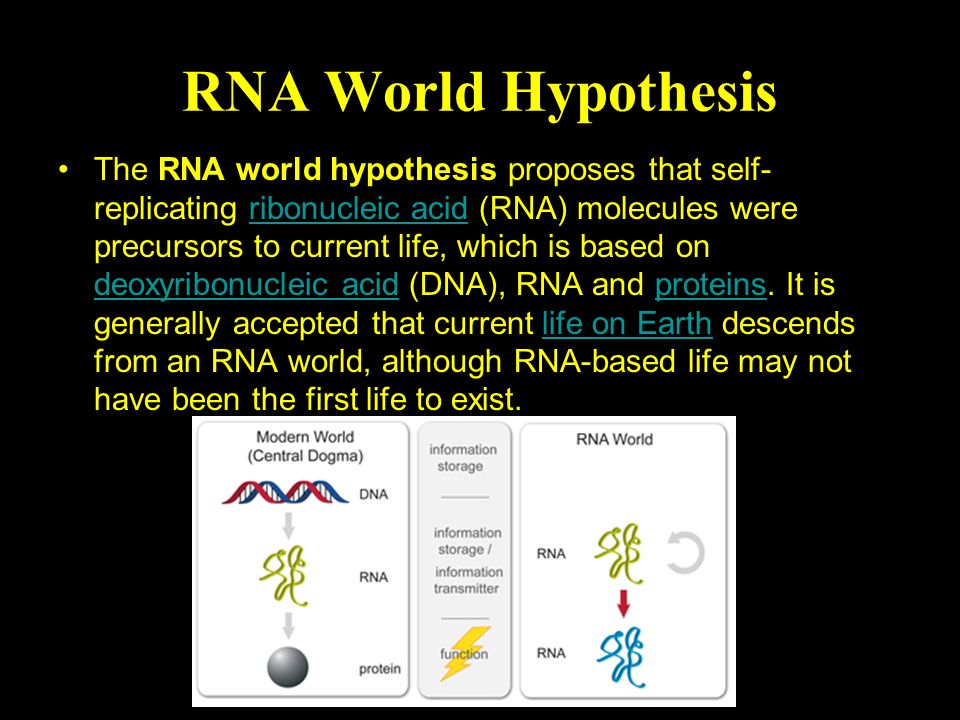Home › Forum Online Discussion › General › Inosine could be a potential route to the first RNA and the origin of life
- This topic has 0 replies, 1 voice, and was last updated 6 years, 5 months ago by
c_howdy.
-
AuthorPosts
-
December 4, 2018 at 10:44 am #55395
c_howdy
Participant
Inosine could be a potential route to the first RNA and the origin of life on Earth
December 3, 2018, Harvard University

https://phys.org/news/2018-12-inosine-potential-route-rna-life.html
Our prehistoric Earth, bombarded with asteroids and lightning, rife with bubbling geothermal pools, may not seem hospitable today. But somewhere in the chemical chaos of our early planet, life did form. How? For decades, scientists have attempted to create miniature replicas of infant Earth in the lab. There, they hunt for the primordial ingredients that created the essential building blocks for life.
It’s attractive to chase our origin story. But this pursuit can bring more than just thrill. Knowledge of how Earth built its first cells could inform our search for extraterrestrial life. If we identify the ingredients and environment required to spark spontaneous life, we could search for similar conditions on planets across our universe.
Today, much of the origin-of-life research focuses on one specific building block: RNA. While some scientists believe that life formed from simpler molecules and only later evolved RNA, others look for evidence to prove (or disprove) that RNA formed first. A complex but versatile molecule, RNA stores and transmits genetic information and helps synthesize proteins, making it a capable candidate for the backbone of the first cells.
To verify this “RNA World Hypothesis,” researchers face two challenges. First, they need to identify which ingredients reacted to create RNA’s four nucleotides—adenine, guanine, cytosine, and uracil (A, G, C, and U). And, second, they need to determine how RNA stored and copied genetic information in order to replicate itself.
So far, scientists have made significant progress finding precursors to C and U. But A and G remain elusive. Now, in a paper published in PNAS, Jack W. Szostak, Professor of Chemistry and Chemical Biology at Harvard University, along with first-author and graduate student Seohyun (Chris) Kim suggest that RNA could have started with a different set of nucleotide bases. In place of guanine, RNA could have relied on a surrogate—inosine.
“Our study suggests that the earliest forms of life (with A, U, C, and I) may have arisen from a different set of nucleobases than those found in modern life (A, U, C, and G),” said Kim. How did he and his team arrive at this conclusion? Lab attempts to craft A and G, purine-based nucleotides, produced too many undesired side products. Recently, however, researchers discovered a way to make versions of adenosine and inosine—8-oxo-adenosine and 8-oxo-inosine—from materials available on primeval Earth. So, Kim and his colleagues set out to investigate whether RNA constructed with these analogs could replicate efficiently.
But, the substitutes failed to perform. Like a cake baked with honey instead of sugar, the final product may look and taste similar, but it doesn’t function as well. The honey-cake burns and drowns in liquid. The 8-oxo-purine RNA still performs, but it loses both the speed and accuracy needed to copy itself. If it replicates too slowly, it falls apart before completing the process. If it makes too many errors, it cannot serve as a faithful tool for propagation and evolution.
Despite their inadequate performance, the 8-oxo-purines brought an unexpected surprise. As part of the test, the team compared 8-oxo-inosine’s abilities against a control, inosine. Unlike its 8-oxo counterpart, inosine enabled RNA to replicate with high speed and few errors. It “turns out to exhibit reasonable rates and fidelities in RNA copying reactions,” the team concluded. “We propose that inosine could have served as a surrogate for guanosine in the early emergence of life.”
Szostak and Kim’s discovery could help substantiate the RNA world hypothesis. In time, their work might confirm RNA’s primary role in our origin story. Or, scientists might find that early Earth offered multiple paths for life to grow. Eventually, armed with this knowledge, scientists could identify other planets that have the essential ingredients and determine whether we share this universe or are, indeed, alone.
More information: Seohyun Chris Kim el al., “Inosine, but none of the 8-oxo-purines, is a plausible component of a primordial version of RNA,” PNAS (2018). www.pnas.org/cgi/doi/10.1073/pnas.1814367115
Journal reference: Proceedings of the National Academy of Sciences
Provided by: Harvard University

-
AuthorPosts
- You must be logged in to reply to this topic.
